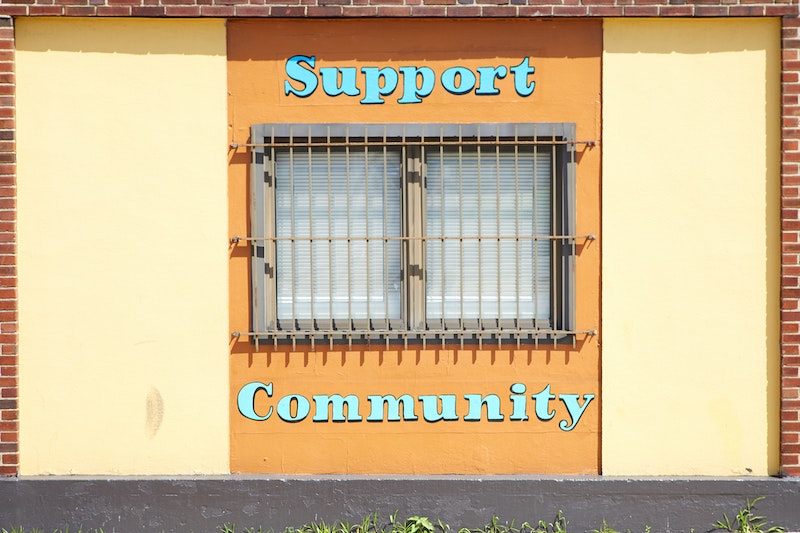A New Bipartisan Bill to Reform & Extend Opportunity Zones
Since its inception in 2017, and real roll out in 2019, there has been a great deal of curiosity as to what policymakers will do with Opportunity...

Whichever side of the political aisle you are on, we can all agree that there has not been much in the last decade Democrats and Republicans have agreed on. However, with the Tax Cut and Jobs Act of 2017, members of both parties found common ground in the creation of Opportunity Zones. Frequently considered to be the work of only the Trump Administration, the creation of the Opportunity Zone program was actually quite bipartisan in nature. In this article, we will go over the economic and social conditions that inspired the creation of OZ investing in 2017, as well as the continued bipartisan efforts to standardize reporting and measure Opportunity Zones success in 2019 and beyond.
An Uneven Recovery from the Great Recession of 2008
While many affluent areas flourished in the early 2010s, other regions across the US continued to experience disinvestment, a lack of new and recovering businesses, widespread and long-term unemployment of residents, declining availability of healthcare, and poor local education. The Economic Innovation Group (EIG) performed a Distressed Community Index (DCI) Report in 2018 that showed that most distressed communities had 1.41 million fewer jobs in 2016 than they did before the recession in 2008.* When race is taken into account, EIG showed in their DCI report of 2020 that minorities made up 56.4% of the population in the most distressed zip codes in 2014-2018.*
A major issue has been the fact that there is very little capital flow to less affluent communities. In 2008-2018, ⅓ of America’s community banks closed.** For the 10 years between 2008-2018, the number of small business loans originated declined over 40%.*** Meanwhile, venture capital investment was going gangbusters, but 84% was concentrated in just 3 states.**** It was not difficult for policymakers to demonstrate that the recovery from the recession was uneven, with many communities falling farther behind rather than finding relief.
*2018 Distressed Communities Index and 2020 Distressed Communities Index, Economic Innovation Group (EIG), October 2018 & October 2020
**Small Business Facts: Spotlight on Community Bank Lending, U.S. SBA Office of Advocacy, September 2019
***The number of small business loans is down 41% since 2008. Here’s how Congress can help., U.S. Chamber of Commerce, Feb 27, 2018.
****NVCA 2020 Yearbook: 10 Trends to watch for the start of a new decade, National Venture Capital Association (NVCA),April 1, 2020.
In 2015, EIG built a team of economists and policymakers to draft a concept to encourage private equity to come in and invest in low income communities. A few notable names on this team were Jared Bernstein (Joe Biden’s Chief Economist while he was Vice President during the Obama Administration), and then President Trump’s former Chief Economic Advisor, Kevin Hassett. Their work resulted in the drafting of the Investing in Opportunity Act, which was led by Senators Tim Scott (Republican- South Carolina), Cory Booker (Democrat- New Jersey), Ron Kind (Democrat, Wisconsin) and Pat Tiberi (Republican- Ohio). There were also nearly 100 congressional co-sponsors from both sides of the aisle. Opportunity Zones became law in 2017, as part of the 2017 Tax Cuts and Jobs Act.
Throughout 2018 and 2019, legislative work was done to make Opportunity Zones ready for investment throughout the nation. The governors of all 50 states, the 5 US territories and Washington DC designated a total of 8,766 low income census tracts to be Qualified Opportunity Zones. In May of 2019, senators Cory Booker (Democrat- New Jersey), Tim Scott (Republican, South Carolina), Maggie Hassan (Democrat -New Hampshire) and Todd Young (Republican -Indiana) introduced a new bill laying out reporting requirements for OZ investments. Their bill requires the US Treasury Department to collect data on the number of Opportunity Funds created and the measurable impact they are making to better distressed communities. In addition to requiring that more details about Opportunity Funds’ assets and investors be reported, this bill requires measures of social impact be tracked. These include the number of residential units (if any) in a project and the number of full-time jobs to be created.
With these guidelines in place, Opportunity Zone investing finally was able to really get underway. This tax provision with potential to benefit both high-net-worth investors and underserved communities had the rare benefit of support from both sides of the aisle. OZ investments are, by design, long term. It will be difficult to measure the full impact of this provision for the next several years, but with the reporting requirements in place we should be able to have some idea. If Opportunity Zone investments can live up to the expectations of policymakers on both sides, there is a real chance of the provision being extended and making these financial and social benefits available to the American people for a lot longer.
What do you think about the bipartisan agreement around Opportunity Zone legislation? Join other investors, fund managers and OZ experts on our OZ Forum and share your thoughts.
*Important Notice: OZ FundHub is not a licensed tax, accounting, or financial firm. All Information contained is for educational purposes only.*

Since its inception in 2017, and real roll out in 2019, there has been a great deal of curiosity as to what policymakers will do with Opportunity...

There are many champions and many skeptics of the Opportunity Zone (OZ) program. Will it bring lasting positive economic impact to struggling...

The Opportunity Zone program has been a major factor in spurring development in left-behind, impoverished census tracts throughout the US. Many of...